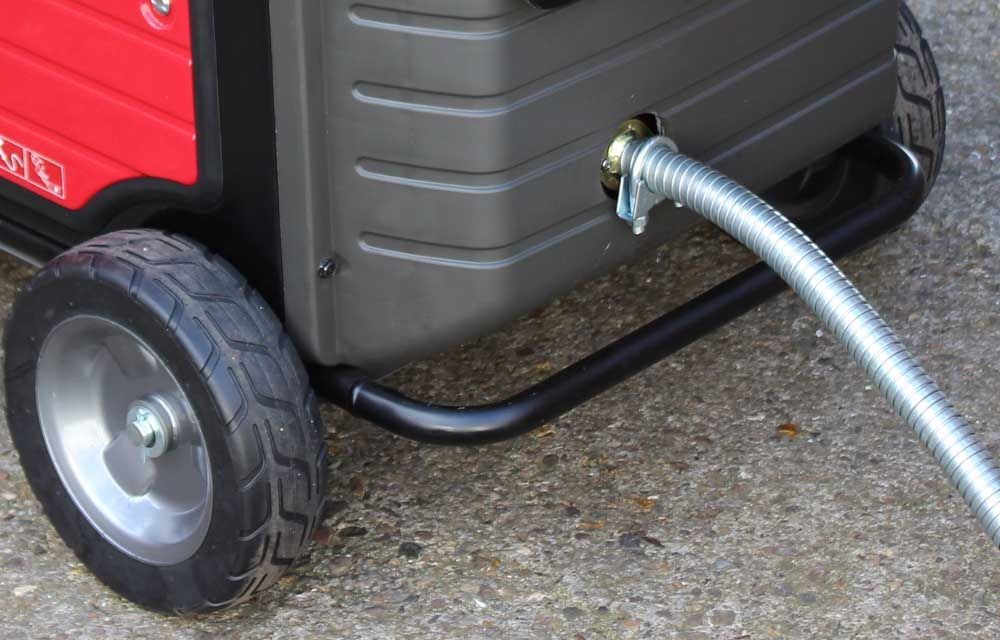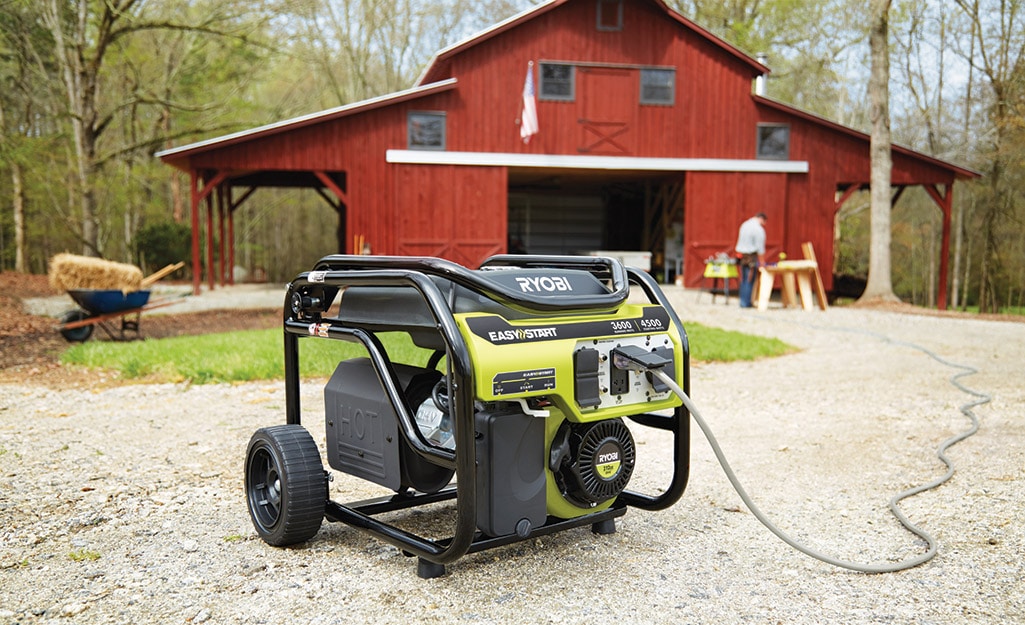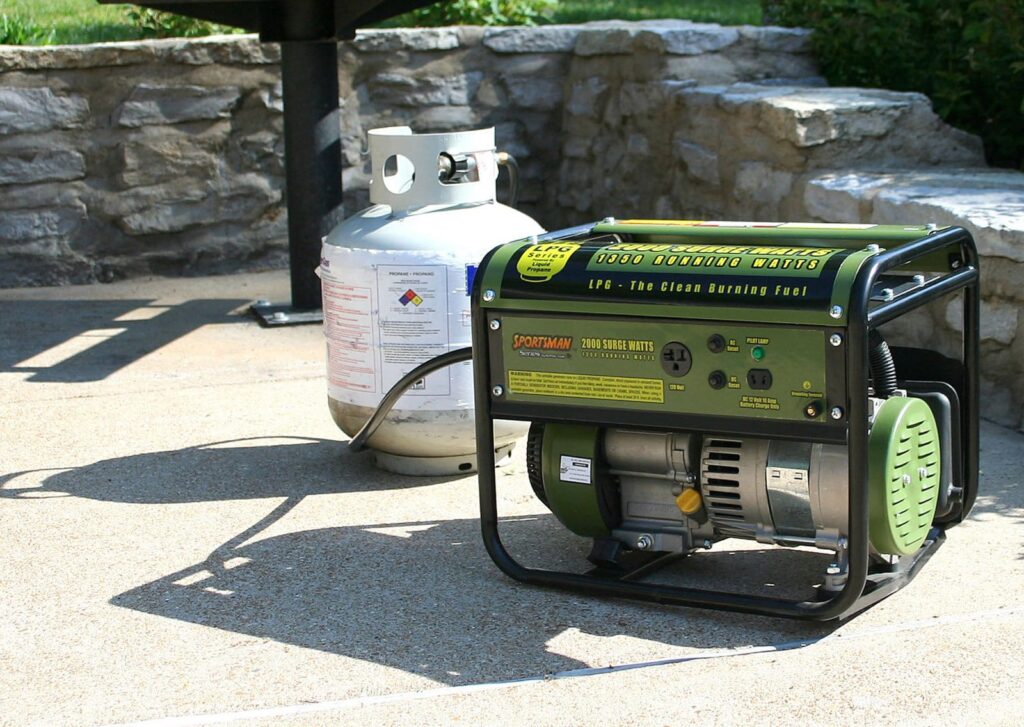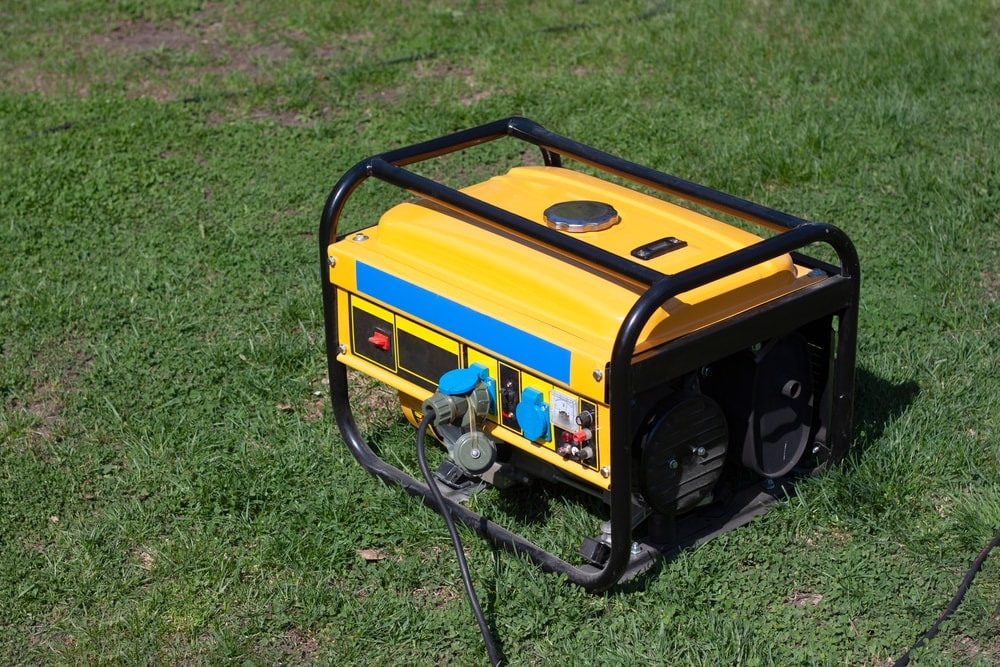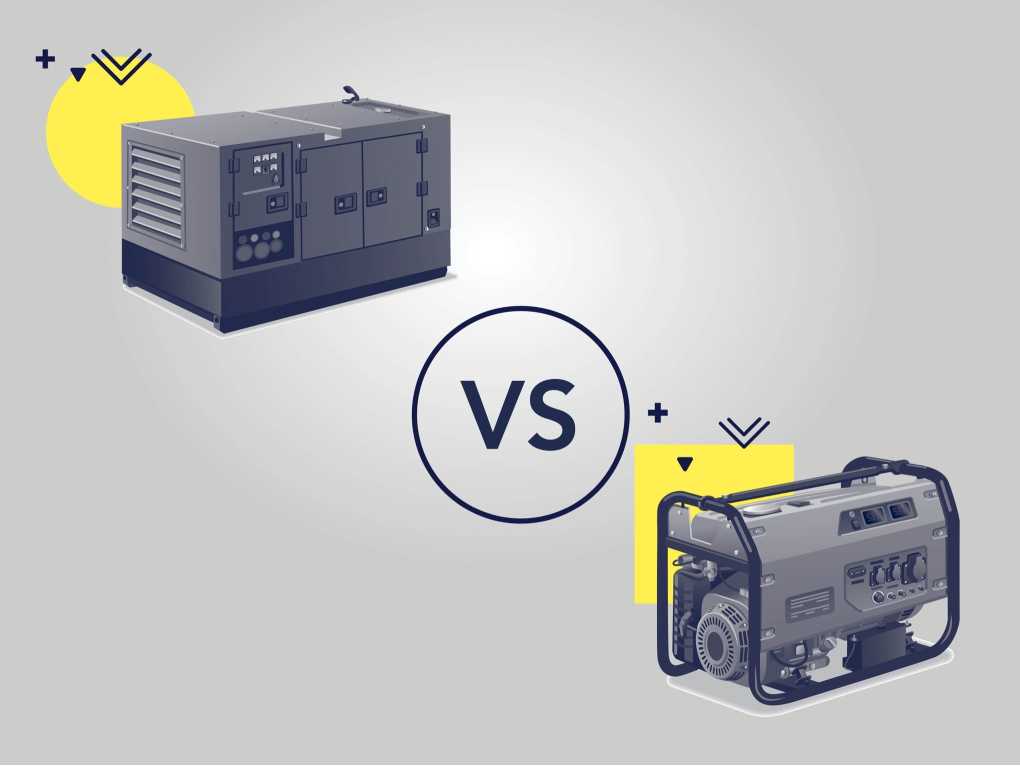A generator can be useful and convenient in times of an emergency blackout. You can power anything from a refrigerator to an electric shaver, depending on the capacity of your portable generator.
Home appliances require long-term powering, so the best choice for them would be a dual fuel generator. It would be also indispensable in the workshop and in the backyard when using power tools, such as a welding machine. In addition, if you are going camping on your recreation vehicle, having a reliable RV generator is obviously essential. Another absolutely mandatory item for a trip or during a power cut would be a portable power supply, as most of us can’t imagine our lives without our phones and laptops!
However, using a portable power generator indoors might not be the best idea – running a generator in a living area is extremely dangerous, even if you are using a ventilation and cooling system. The main reasons to run a generator indoors is to keep it safe and secure from windy or wet weather and prevent it from getting stolen. Moreover, there are many reasonable solutions that will allow you to run a generator outdoors in order to keep your home safe from carbon monoxide.
Of course, it is best not to carry out work in severe weather conditions. Nevertheless, in some parts of our country, it means that this will almost exclude any chances of being able to start said work. Safety is the number one priority and is the first thing that you should learn and explain to anyone who will come into a contact with a generator. It is better to get a generator with the highest protection possible.
Each generator has an ingress protection rating. For example, it could be IP23 or IP42. The first number denotes protection against external mechanical influences, from solid objects, for example; and the second number is the degree of protection against water ingress.
First number:
0 — Not protected
1 — Protected against objects larger than 50 mm
2 — Protected against objects larger than 12 mm
3 — Protected against objects larger than 2.5 mm
4 — Protected against objects larger than 1 mm
5 — Protected against dust
6 — Fully protected
Second number:
0 — Not protected
1 — Protected against vertically dripping water
2 — Protected against dripping water of ±15° angle
3 — Protected against a rain
4 — Protected against water spray
5 — Protected against water jets under pressure
6 — Protected against waves
7 — Protected against an immersion under water (for 1 m)
8 — Protected against flooding
If you’re considering getting a gasoline or propane generator (and if you haven’t yet decided and are looking to cut down costs, go for the latter!) you’ll find that they usually state in the manual that working with an electric current in wet areas, during rain and snow, is a particular danger. Even working with wet hands can lead to unpleasant consequences.
First, read all of the instructions of your generator – only there will you be able to find the most accurate and detailed data from the manufacturer. Prioritize the manufacturer’s advice over anything else you might read or hear.
If used incorrectly, at best, the generator spark plug will flood with water and the generator will stall. At worst, the winding will suffer and the generator will require expensive repairs. The copper winding of the rotors and stator device is more durable than an aluminum one. It also requires less cooling.
If you have some extra time to spare, you can utilize a few tips on running a generator in a harsh environment. You need to organize the process, so that the provision of the electric current of the work area is constant. Many things need to be foreseen before the onset of challenging weather.
The first thing you need to choose is a good place to accommodate the power generator. It should be flat, at a certain elevation and wider than the size of the generator. If it is snowing outside, a foundation will keep your generator from turning into a bank.
The material for the foundation must pass water well and not soak. It must be of a suitable size, so that you can carry out the maintenance of the generator during bad weather. When it rains, even stopping the generator’s engine is a dangerous procedure. The slightest leakage of electric current can cause trouble.
There are a few protective structures, which you can build quickly and easily. You also can build it with items found around the house. The best shot is to try building a generator shelter before you need to use a generator, so you will be ready to cover up your generator in any unexpected weather changes.
The simplest solution is to build a canvas canopy over the intended location of the equipment to protect it from moisture. Make sure that you keep the canopy high enough and far away from the hot surface of the generator. It could damage the tarp. In addition, the height gives room for ventilation and does not allow the exhaust fumes to gather under the tent. You do not want to collect carbon monoxide somewhere near your house. Imagine the amount of fumes you’d get from a powerful 2000-watt generator running for about 9 hours straight, not to mention a much more powerful whole house generator.
Remember, that electrical cables should not get in puddles when it’s raining. It is better to lay them in the air on a temporary support.
If the generator is quite small, use a dog tent, just make sure that fabric does not touch the surface of a generator. If it fits, with enough space around it so that it’s not too close to the tent walls – you have chosen the right size. Leave an entrance flap rolled up and set the generator inside of a tent.
You can also try to build a wooden or a pipe structure to keep your generator safe and dry. Make sure you have provided proper ventilation.
There are many ready-made solutions available on the market, such as the Storm Shield, made for Champion dual fuel generators of 3000 to 10,000 Watts.
Almost all manufacturers of gasoline generators and diesel power plants provide additional protection from the weather for their devices. Check out a sound attenuating all-weather enclosure with an extremely useful design. It provides accident-free operation of the generator during snow, hail and slant rain.
In addition to weather protection, this housing protects the generator from unauthorized entry. You can lock the special doors required for maintenance of the generator. Using a protective casing, you can be sure of reliable and trouble-free operation during any kind of bad weather.
In case of severe weather like a hurricane, you can buy a portable power supply for emergency use. It is safe for indoor use, and provides 3 to 9 of backup power for home appliances during a power outage.
